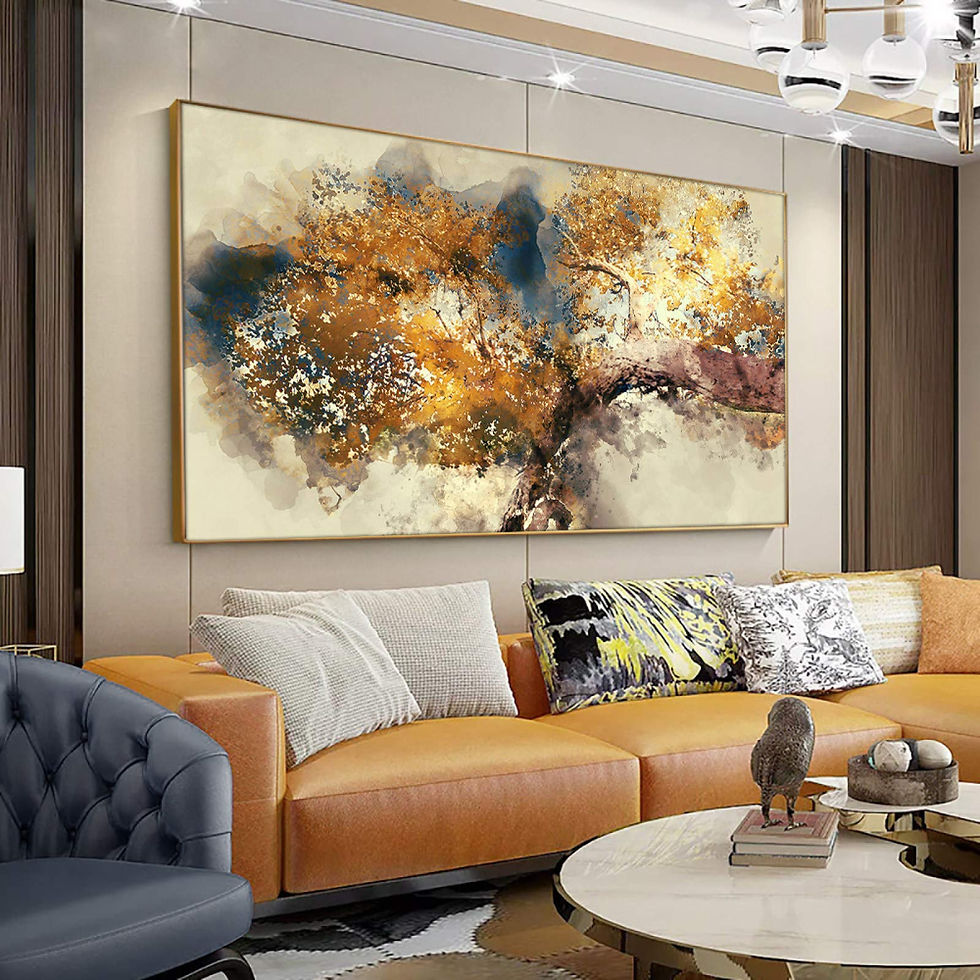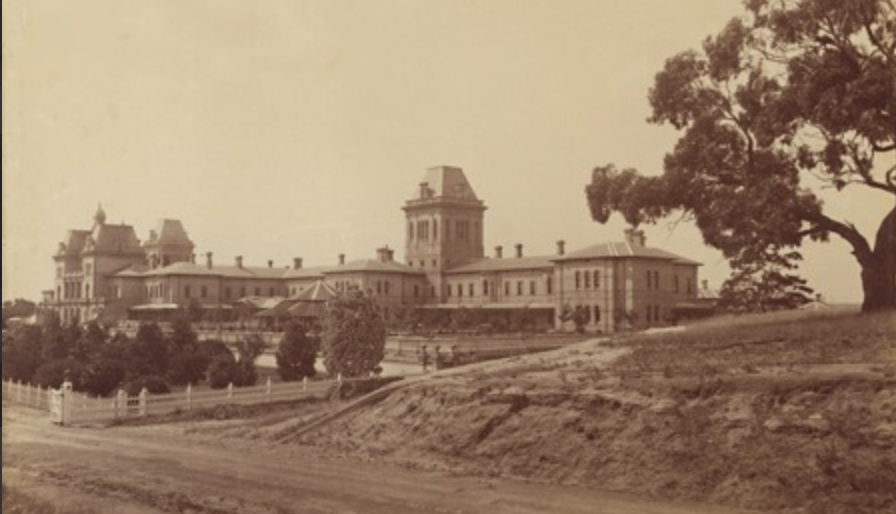The troubling rise of 'value-free' art in Australia
- Andrew McIlroy
- Oct 16, 2023
- 3 min read
Updated: Oct 23, 2023

In recent years the quality of new art in our galleries is in decline. Such an observation cannot be supported in reliably quantifiable terms, as many gallerists would be quick to talk up their success in promoting their choice of artists for fear of upsetting their closely-held art buying clientele or admitting that the art on their walls is low art. But to my passing eye, there is an overwhelming shift in our Australian galleries’ offerings towards boringly decorative, formulaic and stylised works that belong more in furniture store displays than serious art galleries. And whilst this trend seems most evident among younger galleries looking to boost sales, its effects are nonetheless far-reaching.
Does this malaise run deep? Or is it but a temporary blip? After all, it is said that good art will always prevail.
Much has been written about a perception that the visual arts are declining in value in Australian culture or more specifically in the way Australia regards and values artistic activity.
In response our galleries, many of the commercial ones at least, appear to ignore our more highly skilled artists in preference for the mundane, lesser skilled ‘ultra-contemporary’ artists (meaning those born after 1984), increasingly described in the absence of an appropriate definition as ‘creatives’ - a term so broad here as to be meaningless. This does the art-buying public no favours.
In considering this loss of meaningfulness the question arises as to the role of art education funneling these creatives into the world and which has seen within curriculums a switch from visual art to visual culture with a higher value placed on the latter; particularly in terms of gaining artistic employment or commercial success within the creative industries.
To this end, we are witnessing the integration of art schools into design and architecture faculties, the progressive erosion of different studio practices and the closure of programs in disciplines that cannot attract enrolments.

"... there is an overwhelming shift in our Australian galleries’ offerings towards boringly decorative, formulaic and stylised works that belong more in furniture store displays than serious art galleries".
Visual culture, or visual culture studies, purports to be a postmodern approach to the study of art and replaces fine art and visual art studies - that aims to work with the current corporate and technocratic reality rather than deny its existence. It nullifies the artist as hero, offering in its place “a semblance of plurality, multiplicity, indeterminacy and fragmentation”. “This process may suggest a value-free art is being practised, eroding the significance of traditional aesthetic skills, making aesthetic judgment less essential to the creation of an artwork.” One implication of this change is to free fine art in general from its supposedly elitist origins, and to enable the art world to encompass both “high” and “low” art forms with equal value. This new value, which is implicitly more value-free than the high art it seeks to overturn, destabilizes art to the point that its continued existence (in its traditional form) is questionable. (Sara Daly, Monash University 2017)
Many commercial art galleries have become part of the problem. Where once they pushed boundaries by embracing the avant-garde, a cadre of highly skilled artists, they seem now focused on the ordinary.
Of course, there are the exceptions, but such tend only to prove the rule.
Daly S, ‘The declining value of visual art practices and the rise of value-free art in Australia’, Monash University 2017
About the author
Andrew McIlroy is an artist and writer, living and working in Melbourne Australia www.andrewmcilroy.com



Comments